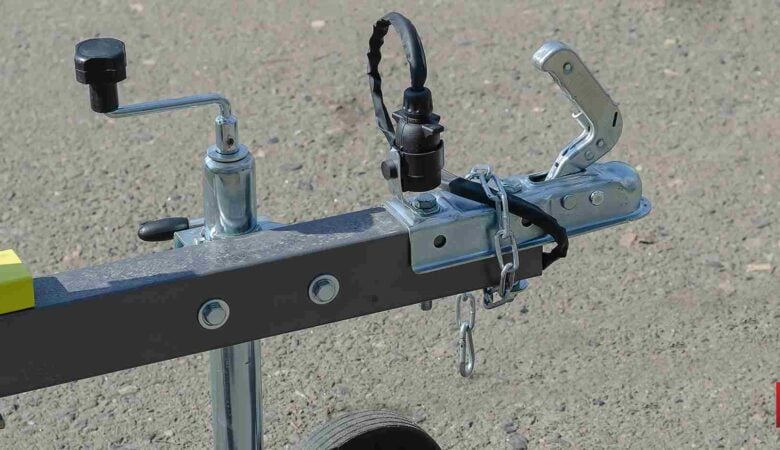Chisels are essential tools in woodworking, masonry, and metalworking, valued for their precision in cutting, shaping, and carving various materials. This article explores the types of chisels, their uses, maintenance tips, and more.
What are the different types of chisels?
Chisels come in several types tailored for specific tasks:
- Wood Chisels: Used in woodworking for carving and shaping wood.
- Masonry Chisels: Designed for cutting and shaping bricks, stones, and concrete.
- Metal Chisels: Utilized in metalworking for cutting and shaping metal sheets and bars.
- Cold Chisels: Typically used with a hammer to cut cold metals and rivets.

How do you choose the right chisel for a project?
Select a chisel based on the material and task:
- Material: Match the chisel’s material hardness to the material being worked on.
- Size: Choose a chisel size proportional to the task’s intricacy and the material’s thickness.
What safety precautions should be taken when using a chisel?
Safety is paramount when using chisels:
- Eye Protection: Wear safety goggles to protect against flying debris.
- Grip: Maintain a firm grip on the chisel to prevent slippage.
- Positioning: Secure the material firmly to avoid unexpected movements.
How should chisels be maintained for optimal performance?
Proper maintenance enhances chisel longevity:
- Sharpening: Regularly sharpen the blade using a sharpening stone or file.
- Storage: Store chisels in a dry place to prevent rusting.
- Handling: Avoid using excessive force to prevent chisel tip damage.
Chisels are versatile tools essential for precision cutting and shaping across various materials. Understanding the types of chisels available, selecting the right one for specific projects, and adhering to safety and maintenance practices ensure efficient and safe usage. Whether in woodworking, masonry, or metalworking, chisels remain indispensable for artisans and craftsmen alike.
Incorporating “geotextile” into the related content of the article could involve mentioning its use in protecting surfaces during chisel work, such as in masonry to prevent damage or in woodworking to provide a stable base for intricate carvings.